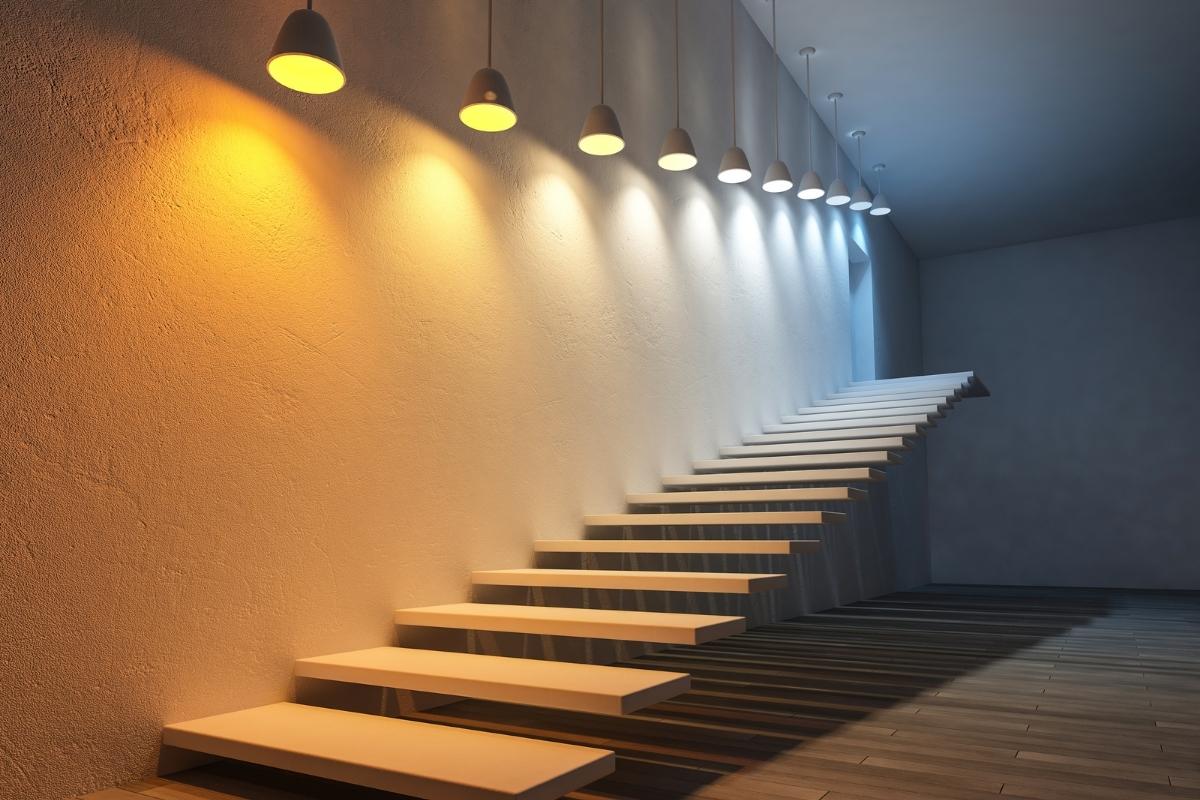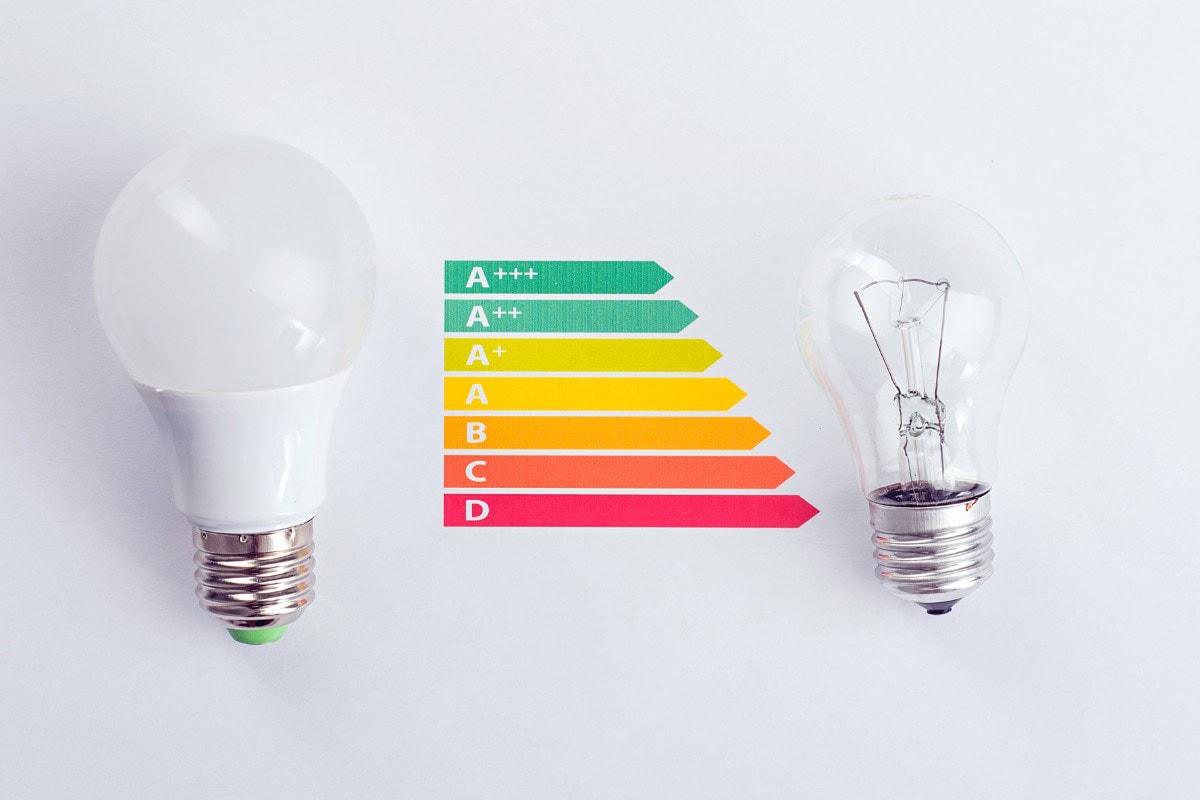Veiling luminance is a critical concept in roadway lighting design that significantly impacts driver visibility and safety. As our understanding of the complex interplay between light, the human eye, and the driving environment has evolved, so has the importance of addressing veiling luminance in lighting systems.
What Is Veiling Luminance
Veiling luminance is a luminance superimposed on the retinal image that reduces its contrast, resulting in decreased visual performance and visibility. This phenomenon is produced by bright sources or areas in the visual field, causing light to scatter within the eye. In roadway lighting, veiling luminance is particularly relevant as it can significantly impair a driver’s ability to perceive the road and potential hazards ahead.
Measured in candelas per square meter (cd/m²), veiling luminance is closely related to the concept of disability glare. The quantifiable effect of the scattered light within the eye creates the sensation of glare, reducing the contrast of the retinal image.
The concept of veiling luminance was introduced in lighting research to address the challenges posed by glare in nighttime driving environments. As the understanding of human visual perception and the impact of lighting on driver performance grew, researchers recognized the need to quantify and mitigate the effects of scattered light within the eye.
The Mechanism of Veiling Luminance
The phenomenon of veiling luminance is rooted in the scattering of light within the human eye. When bright light sources, such as oncoming headlights or poorly shielded streetlights, enter the visual field, some of the light is scattered by the optical media of the eye, including the cornea, lens, and vitreous humor. This scattered light creates a veil of luminance superimposed on the retinal image, reducing its contrast and clarity.
Light scattering within the eye is known as intraocular light scatter or stray light. This scattered light can originate from any bright source in the visual field, not just the object of focus. As a result, the retinal image’s contrast is reduced, making it more difficult for the viewer to discern details and detect potential hazards.
Optical Properties of the Eye
The structure of the human eye plays a significant role in the occurrence of veiling luminance. The cornea and lens, responsible for focusing light onto the retina, also contribute to light scattering. As light passes through these structures, some is deflected from its original path, leading to the veiling effect. Additionally, floaters or other irregularities in the vitreous humor can further contribute to light scattering within the eye.
Physiological Factors
Individual physiological factors can influence a person’s susceptibility to veiling luminance. Age is a significant factor, as the eye’s optical media tend to become less transparent over time, leading to increased light scattering. Eye color may also play a role, with lighter-colored eyes being more susceptible to glare and veiling luminance than darker eyes. Furthermore, certain eye conditions, such as cataracts or corneal irregularities, can exacerbate the impact of veiling luminance on visual performance.
Comparison With Other Visual Phenomena
Veiling luminance is often compared to other visual phenomena, such as glare and afterimages. While glare is the general term for the visual discomfort or impairment caused by bright light sources, veiling luminance specifically refers to the quantifiable effect of scattered light within the eye on retinal image contrast. Afterimages, on the other hand, are the persistent visual impressions that remain after exposure to a bright light source, caused by the temporary bleaching of photoreceptors in the retina.
Impact of Veiling Luminance on Vision and Driving
The presence of veiling luminance can profoundly impact visual performance, particularly in the context of nighttime driving. By reducing the contrast of the retinal image, veiling luminance makes it more difficult for drivers to discern critical details in the road environment, such as obstacles, pedestrians, or changes in road geometry. This reduced visibility can lead to increased reaction times, impaired depth perception, and a higher risk of accidents.
Ability to Detect Hazards
One of the primary effects of veiling luminance is the reduction in a driver’s ability to detect and recognize potential hazards on the road. The decreased contrast caused by the veiling luminance can make it more challenging to spot objects, especially those with low contrast against the background. This can be particularly problematic when navigating curves or encountering unexpected obstacles, as the driver may have less time to react and avoid a collision.
Depth Perception
Veiling luminance can also impair depth perception, making it more difficult for drivers to accurately judge distances and the relative positions of objects on the road. This can be especially critical when navigating intersections, merging onto highways, or overtaking other vehicles. The reduced ability to gauge distances accurately can lead to misjudgments and potentially dangerous situations.
Reaction Time
Furthermore, veiling luminance can increase reaction times, as drivers require more time to process the reduced-contrast visual information and make decisions. This delay in response can be particularly problematic in emergency situations, where quick reactions are essential to avoid accidents.
The impact of veiling luminance on driving performance is not uniform across all age groups. Older drivers are particularly susceptible to the effects of veiling luminance, as the aging eye is more prone to light scattering and reduced contrast sensitivity. This can exacerbate the challenges older drivers face in low-light conditions and increase the risk of accidents.
Case Studies
Numerous research studies have investigated the effects of veiling luminance on driving performance. For example, a study by the Lighting Research Center at Rensselaer Polytechnic Institute found that increased levels of veiling luminance led to decreased visual performance and increased reaction times in a simulated driving environment. The study also highlighted the importance of considering veiling luminance in the design of roadway lighting systems to ensure optimal visibility and safety for drivers.
Comparison With Daytime Vision
The impact of veiling luminance on visual performance is particularly pronounced in low-light conditions, such as those encountered during nighttime driving. In contrast, during daytime driving, the higher ambient light levels and the eye’s adaptation to these conditions reduce the relative impact of veiling luminance. However, veiling luminance can still affect visual performance in the daytime, particularly when facing bright sunlight or reflections from wet road surfaces.
Calculating Veiling Luminance in Roadway Lighting
It is essential to have a standardized method for calculating its value to effectively control and mitigate the impact of veiling luminance in roadway lighting. The Illuminating Engineering Society (IES) has developed a widely accepted method for computing veiling luminance, which considers factors such as observer position, line of sight, and the intensity of light sources in the visual field.
In the IES method, veiling luminance is calculated at the same points as the pavement luminance, with the observer positioned 83.07 meters (272.6 feet) behind each computation point. The observer’s height is assumed to be 1.45 meters (4.76 feet) above the road surface, with a line of sight directed 1 degree below the horizontal plane. This standardized observer position and line of sight ensure consistent and comparable results across different lighting designs.
The veiling luminance ratio, a key metric in assessing the impact of glare on visual performance, is defined as the ratio of the maximum veiling luminance to the average pavement luminance. This ratio measures the disability glare produced by a given lighting system, with higher ratios indicating a greater potential for visual impairment.
To streamline the calculation process, lighting professionals often rely on specialized software tools, such as AGi32, which can perform complex veiling luminance computations based on the IES method. These tools allow designers to input the relevant parameters, such as luminaire positions, intensities, and road geometry, and generate detailed reports on the veiling luminance levels throughout the roadway.
Step-By-Step Calculation Process
The process of calculating veiling luminance involves several key steps:
- Determining observer position: The first step is to establish the standardized observer position, which is 83.07 meters behind each computation point and 1.45 meters above the road surface.
- Measuring light source intensity: The intensity of each light source in the visual field must be measured or obtained from the manufacturer’s photometric data.
- Calculating angles between light sources and observer: The angles between each light source and the observer’s line of sight are calculated based on the relative positions of the luminaires and the observer.
- Computing veiling luminance: Using the appropriate formulas, such as those outlined in the IES method, the veiling luminance is computed for each point on the roadway, considering the light source intensities, angles, and observer position.
Limitations of Current Calculation Methods
While the IES method provides a standardized approach to calculating veiling luminance, it is essential to recognize its limitations. One notable limitation is the assumption of a fixed observer position and line of sight, which may not always represent real-world driving conditions. Additionally, the method does not account for the spectral composition of the light sources, which can influence the perceived glare and veiling luminance.
Comparison of Different Calculation Standards
Various international standards and guidelines address the calculation of veiling luminance in roadway lighting. In addition to the IES method, the International Commission on Illumination (CIE) and European Committee for Standardization (CEN) have developed their own approaches. While these methods may differ in some aspects, such as the assumed observer position or the treatment of light source spectra, they all aim to provide a consistent and reliable means of assessing veiling luminance in roadway environments.
Factors Influencing Veiling Luminance in Roadway Environments
One of the most significant factors is the age of the driver. As individuals age, their eyes become more susceptible to the effects of veiling luminance due to increased light scattering within the eye. This is primarily caused by changes in the transparency of the eye’s optical media, such as the cornea and lens. Consequently, older drivers may experience greater visual impairment from veiling luminance than younger drivers, emphasizing the need for age-sensitive lighting design considerations.
The intensity and angle of the light sources is also important. High-intensity light sources, such as improperly aimed or poorly shielded luminaires, can contribute significantly to veiling luminance by introducing more scattered light into the driver’s field of view. Similarly, light sources at shallow angles relative to the driver’s line of sight tend to produce more veiling luminance than those at steeper angles.
Pavement reflectance is another factor that matters. The amount of light reflected from the road surface depends on its material properties, such as color, texture, and specularity. Highly reflective pavements can increase the overall luminance of the road environment, potentially affecting the perceived contrast and visibility of objects on the road.
The distance between vehicles is also a significant consideration, particularly when it comes to the impact of headlight glare on veiling luminance. As vehicles approach each other, the intensity of the oncoming headlights increases, leading to a higher level of veiling luminance experienced by both drivers. This effect is especially pronounced on two-lane roads where vehicles travel in opposite directions with minimal lateral separation.
Environmental Factors
Weather conditions, such as rain, fog, or snow, can increase light scattering and reflection, exacerbating the impact of veiling luminance on driver visibility. Additionally, ambient light levels, such as those experienced during twilight or in urban areas with significant light pollution, can affect the relative prominence of veiling luminance and its impact on visual performance.
Vehicle-Related Factors
The introduction of high-intensity discharge (HID) and light-emitting diode (LED) headlights has increased concern about glare and its impact on driver visibility. Furthermore, the cleanliness and quality of a vehicle’s windshield can affect the amount of scattered light reaching the driver’s eyes, with dirty or damaged windshields potentially exacerbating the effects of veiling luminance.
Road Design Factors
Factors such as the curvature and gradient of the road can affect the relative positions of light sources and the driver’s line of sight, potentially increasing or decreasing the impact of veiling luminance. Additionally, the presence of median barriers or roadside vegetation can help shield drivers from oncoming headlight glare, reducing the overall level of veiling luminance experienced.
Temporal Factors
During the early morning and late evening hours, when the sun is low on the horizon, drivers may experience increased glare and veiling luminance due to the direct sunlight entering their field of view. Similarly, seasonal changes in foliage and sun angles can affect the relative prominence of veiling luminance throughout the year.
Interaction Between Factors
It is essential to recognize that these various factors do not operate in isolation but rather interact with one another to influence the overall impact of veiling luminance on driver visibility and safety. For example, the combination of an older driver, high-intensity oncoming headlights, and a wet, reflective road surface can significantly increase the level of veiling luminance experienced, potentially leading to a higher risk of accidents.









